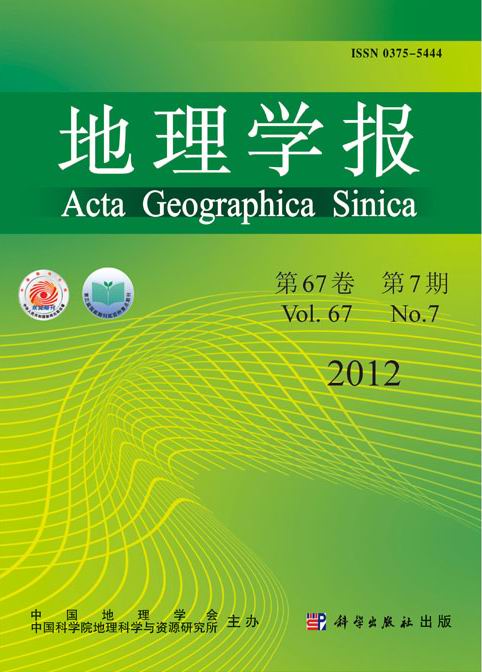Lü Jianshu, ZHANG Zulu, LIU Yang, DAI Jeirui, WANG Xue, WANG Maoxiang
A total of 445 surface soils samples were collected at the nodes of a 2×2 km grid from Rizhao City and analyzed for 10 heavy metals (As, Cd, Co, Cr, Cu, Hg, Mn, Ni, Pb and Zn). Sources of heavy metals pollutant and the differences of contents among various land use types and parent material were revealed by multivariate analysis; meanwhile, spatial distribution of hazardous risk from heavy metals contamination was given by geostatistics based on GIS. The results are shown as follows. (1) The mean concentrations of As, Co, Cr and Cu were lower than the background values (BV) in eastern Shandong Province, respectively; but those of Cd, Hg, Mn, Ni, Pb and Zn exceeded the BV, especially for Cd and Hg (1.85 and 1.38 times of BV, respectively), indicating distinct accumulations of some heavy metals in soils of Rizhao City. (2) A total of 10 heavy metals could be classified as 4 Principal Components (PCs), including PC1 (Co, Cr, Mn, Ni and Zn), PC2 (Cd, Pb), PC3 (As, Cu), and PC4 (Hg). PC1 and PC3 were the factors dominated by natural sources, PC2 represented the factors from industrial, agricultural and traffic sources, and PC4 was contributed by industrial sources. Pb and Zn with a high load in different PCs might originate from the mixed sources including anthropogenic and natural sources. (3) There were significant differences in Cd and Hg contents among various land cover types with the highest level in urban areas. The concentrations of Co, Cr, Cu, Mn and Ni in the soils from weathered granite and metamorphic rock were all higher than those in the soils from alluvial and marine deposits. (4) The single element, elements integration and the corresponding PC presented similar spatial patterns of hazardous risk. The high risk regions with comprehensive assessment on all elements were located in densely-populated urban areas and western study area, which was attributed to the higher geological background in the western part and strong human interference in the eastern part.
